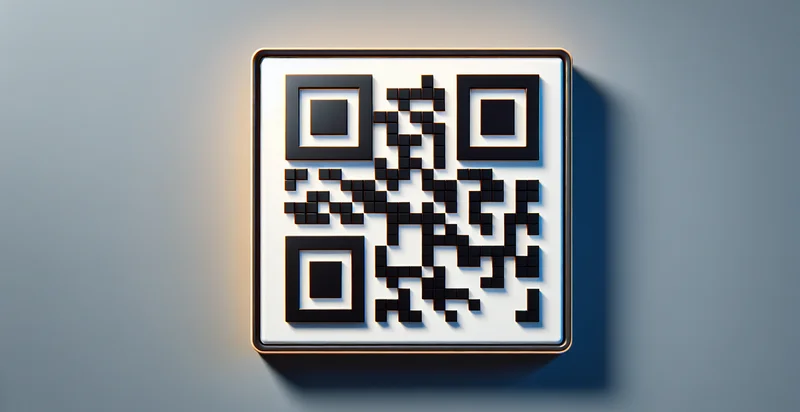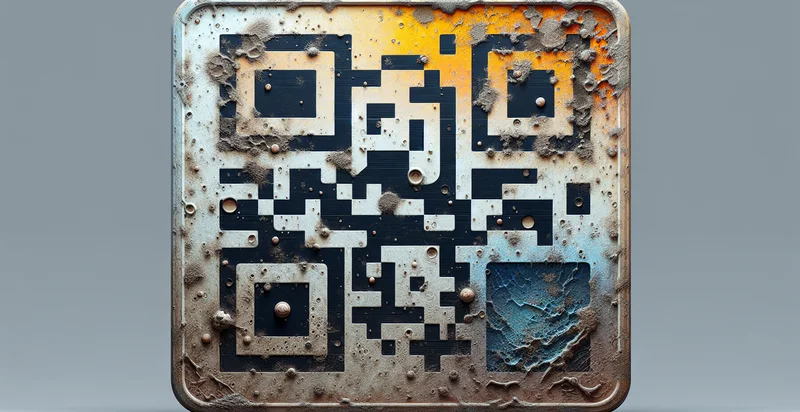Identify qr code version
using AI
Below is a free classifier to identify qr code version. Just upload your image, and our AI will predict what type of QR code it is - in just seconds.

Contact us for API access
Or, use Nyckel to build highly-accurate custom classifiers in just minutes. No PhD required.
Get started
import nyckel
credentials = nyckel.Credentials("YOUR_CLIENT_ID", "YOUR_CLIENT_SECRET")
nyckel.invoke("qr-code-version", "your_image_url", credentials)
fetch('https://www.nyckel.com/v1/functions/qr-code-version/invoke', {
method: 'POST',
headers: {
'Authorization': 'Bearer ' + 'YOUR_BEARER_TOKEN',
'Content-Type': 'application/json',
},
body: JSON.stringify(
{"data": "your_image_url"}
)
})
.then(response => response.json())
.then(data => console.log(data));
curl -X POST \
-H "Content-Type: application/json" \
-H "Authorization: Bearer YOUR_BEARER_TOKEN" \
-d '{"data": "your_image_url"}' \
https://www.nyckel.com/v1/functions/qr-code-version/invoke
How this classifier works
To start, upload your image. Our AI tool will then predict what type of QR code it is.
This pretrained image model uses a Nyckel-created dataset and has 10 labels, including Version 1, Version 10, Version 2, Version 3, Version 4, Version 5, Version 6, Version 7, Version 8 and Version 9.
We'll also show a confidence score (the higher the number, the more confident the AI model is around what type of QR code it is).
Whether you're just curious or building qr code version detection into your application, we hope our classifier proves helpful.
Related Classifiers
Need to identify qr code version at scale?
Get API or Zapier access to this classifier for free. It's perfect for:
- Food Safety: Food distributors can use this function to ensure that the QR codes on food packaging are accurate and trustworthy. This can help in tracing the origin of food products, ensuring compliance with safety regulations, and protecting consumer health.
- Counterfeit Detection: This function can be used by brands to verify the authenticity of products by scanning the QR codes on packaging. It helps identify if the product is genuine or a counterfeit, thus protecting brand integrity and customer trust.
- Inventory Management: Retailers can implement this function to streamline inventory processes by verifying the products during stock checks. Scanning QR codes allows for quick identification of items, reducing errors and improving overall inventory accuracy.
- Track Origin: Manufacturers can utilize this function to track the authenticity of materials sourced from various suppliers. By scanning QR codes, they can ensure that the materials used in production are legitimate and traceable back to approved vendors.
- Ticket Validation: Event organizers can deploy the function to verify the validity of tickets through QR codes. This can prevent fraud and ensure that attendees have legitimate tickets, enhancing security and customer experience at events.
- E-commerce: E-commerce platforms can integrate this function to confirm that the products being shipped match the QR codes generated during the purchase process. This assists in reducing return rates and increasing customer satisfaction through accurate order fulfillment.
- Food Safety: Food distributors can use this function to ensure that the QR codes on food packaging are accurate and trustworthy. This can help in tracing the origin of food products, ensuring compliance with safety regulations, and protecting consumer health.


